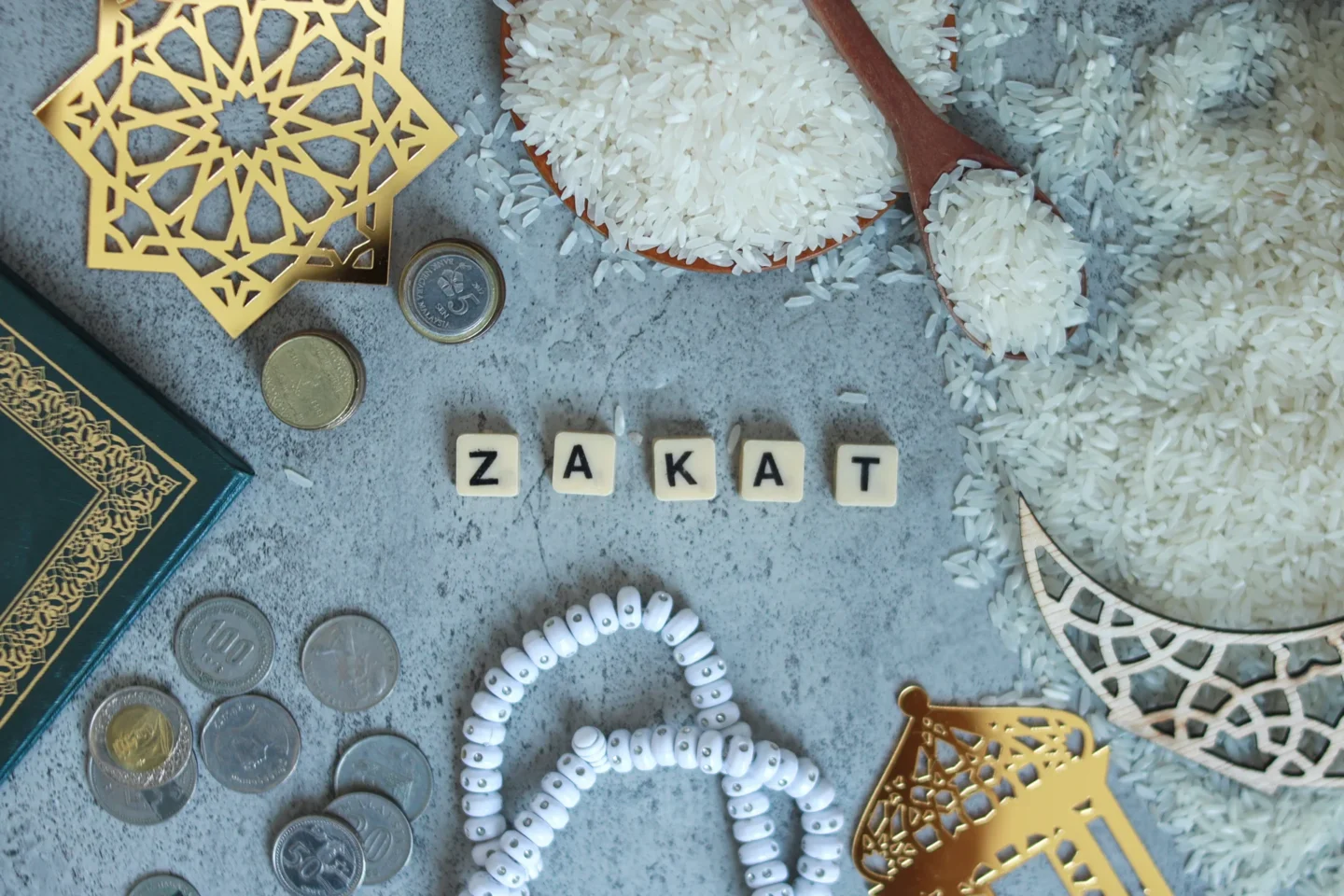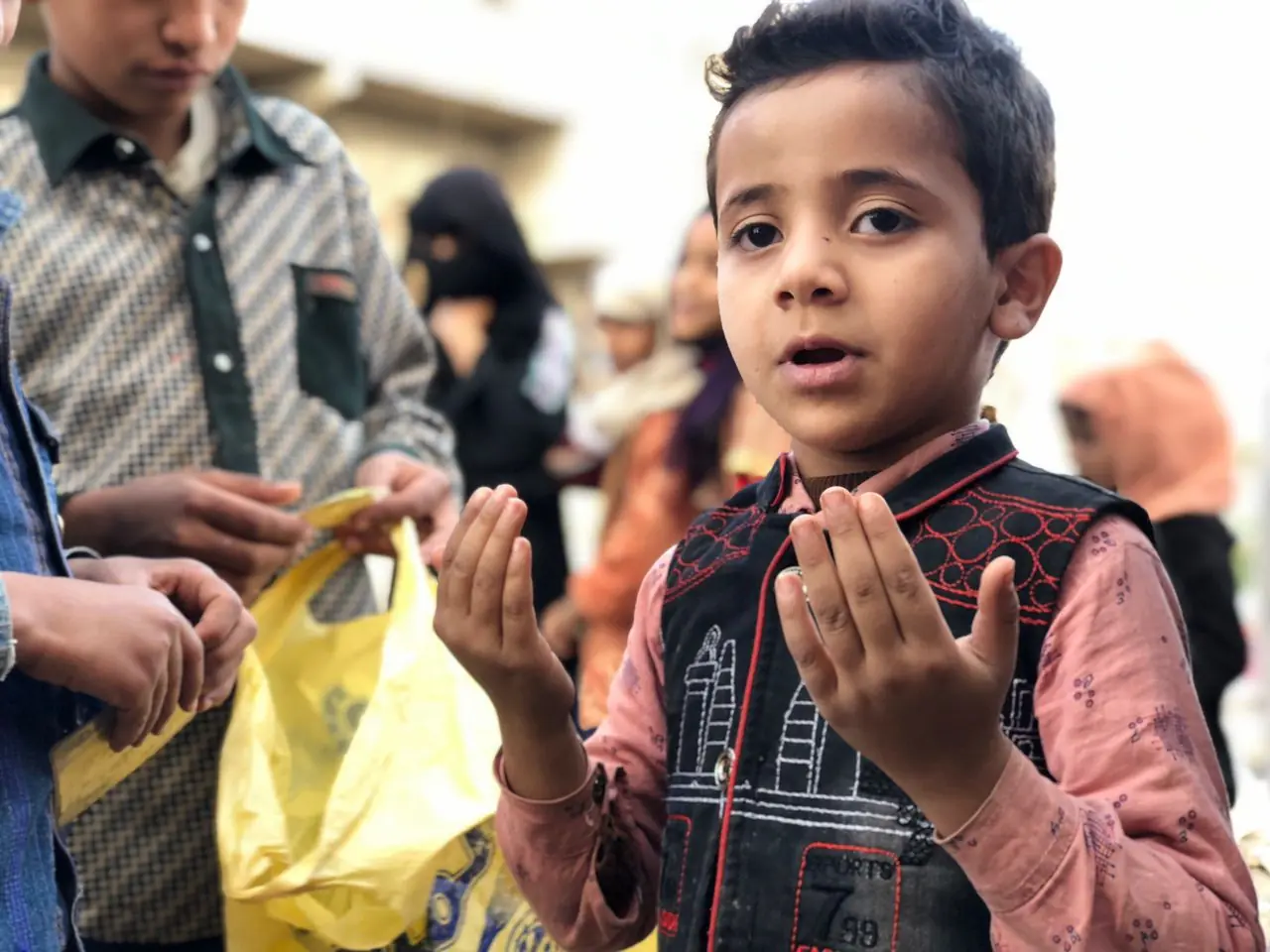Zakat, one of the five pillars of Islam, is a unique form of charity that purifies one’s wealth and heart, ensuring that the blessings of prosperity are shared with those in need. However, understanding the rules, calculations, and significance of zakat can sometimes feel overwhelming. This complete guide aims to break down the pillar of zakat, providing you with all the essential knowledge. Whether you are new to zakat or seeking to refresh your understanding, this guide will equip you with everything you need to fulfill this beautiful act of worship in the best way possible.
The Source of Information:
The information in this blog is taken from The Fiqh of Worship: Commentary on Ibn Qudamah’s Umdat al Fiqh by Dr. Hatem al-Haj.
Who Must Pay Zakat:
Zakat is an obligation upon every free Muslim who possesses full ownership of their wealth, which must be paid once an entire Islamic lunar year has passed.
Zakat is obligatory on 4 types of wealth:
- Currency
- Merchandise prepared for sale
- What is produced or extracted from the land
- Free-grazing, domesticated livestock
However, zakat is not due on any of these assets until they reach the nisab, a specific threshold value. Once the value of these assets meets or exceeds the nisab, zakat becomes obligatory on the entire amount.
What is the Nisab Value for each type of wealth:
Currency:
There are two primary types of currency considered in zakat: gold and silver. Zakat is not due on silver until it reaches approximately 595 grams of pure silver, and for gold, the threshold is about 85 grams of pure gold. Once these thresholds are met, zakat must be paid at a rate of 2.5% of the total value. Cash follows the same ruling as gold and silver since it functions as the modern equivalent of currency.
It is well known that there is a noticeable difference between the value of nisab for gold and that of silver in our times. The best and most conservative method is to assess how many dollars/pounds/rupees/etc one has that have been in their possession for a complete Islamic lunar year. If the amount reaches the value of nisab for silver or more, then one should pay from it at a rate of 2.5% of the total value.
Permissible Jewelry:
There is no zakat on permissible jewelry that is intended for personal use or lending, except according to the Hanafi school, which mandates zakat on such jewelry. However, jewelry prepared for renting or saving, as well as prohibited types like gold and silver utensils or gold jewelry for men, is subject to zakat.
Debt:
For those owed a debt by a capable debtor, zakat must be paid on the debt once it is collected, and it should be accounted for all the years that have passed. For individuals with outstanding debts, they should subtract the debt from their assets. If the remaining amount exceeds the nisab (minimum threshold), zakat is due on that remaining balance.
Merchandise:
Merchandise is not subject to zakat unless the individual intends to trade with it, and it has maintained a wholesale value above whichever nisab of gold or silver is less at the time for a full lunar year.
What is produced or extracted from the Earth:
Plants: Zakat is obligatory on plants, specifically on grains and fruits that can be measured and stored, provided the produce from the land reaches five awsuq (approximately 653 kg). One wasaq is equivalent to sixty sa’a (130.6 kg).
For crops watered naturally by rain or other water sources, the zakat is 10% of the total yield. However, for crops irrigated with effort, such as carrying water manually or using animals, the zakat is 5% of the entire crop.
Zakat becomes due when the fruit appears ripe, and the grain has fully matured.
Metals: Zakat is required on metals when a nisab of metal—either gold, silver, or an equivalent value in other precious metals like copper or iron—is extracted. The zakat must be paid after the metal has been refined and cast. However, there is no zakat on pearls, coral, amber, musk, or anything hunted on land or fished from the sea.
Livestock:
| Type of Livestock | Nisab | Rate of Zakat |
| Cows & Buffaloes | 30 | For every 30, 1 one-year old;For every 40, 2 one-year old |
| Goats & Sheep | 40 | 1 – 40: 141-120: 2121-300: 3One more for every 100 |
| Camels | 5 | 5-24: 1 sheep per 5 camels;25-35: 1 one-year-old she-camel;36-45: 1 two-year-old she-camel;46-60: 1 three-year-old she-camel61-75: 1 four-year-old she-camel76-90: 2 two-year-old she camels91-120: 2 three-year-old she-camels>121: 1 two-year-old she-camel per 40 or 1 three-year-old she-camel per 50 |
Recipients of Zakat:
There are eight categories of people who may receive your zakat:
- The poor, who cannot afford what they need through earning or otherwise
- The needy, who can afford some of their needs but not all
- Zakat collectors, the people who collect zakat and those who are needed for it (workers hired by a zakat administration)
- Those whose hearts may be reconciled: authorities within tribes whose evil may be evaded/whose faith may be strengthened by giving them, or it is hoped to prevent them from harming Muslims or who may help Muslims collect zakat from those who are withholding it)
- Freeing slaves and captives
- Those in debt
- In the cause of Allah: the people who are working in the service of Allah such as those who do dawah (call people to Allah)
- The wayfarer: the traveler who lacks the means to return home
Understanding the rules and regulations of zakat, including what types of wealth are subject to it and how it should be calculated, ensures that we fulfill this obligation correctly and sincerely. By giving zakat, we purify our wealth and souls, earn the pleasure of Allah, and make a tangible difference in the lives of those less fortunate. Let us strive to give generously and wholeheartedly, fulfilling this pillar of Islam with gratitude and awareness of its profound impact on our spiritual and communal well-being.




